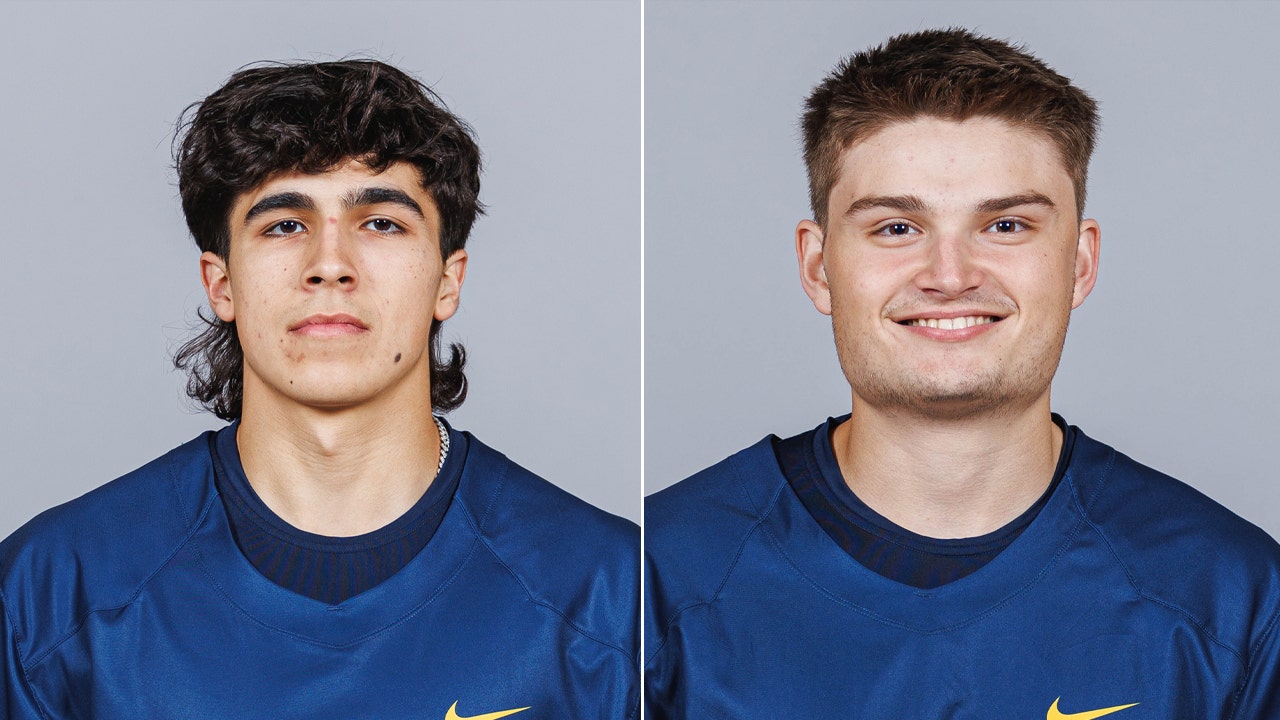Most non-binary youth in Canada avoid team sports: B.C. study

A new study is shedding light on the barriers non-binary youth in Canada face when it comes to participating in team sports.
The research found that just 11 per cent of non-binary youth between the age of 15 and 29 play an organized team sport.
Meanwhile, the sport participation rate among all Canadian youth aged 13 to 19 is 70 per cent, according to Martha Gumprich, the study’s author.
“I was most surprised by how unsurprising the results are,” Gumprich told CTV News Tuesday. “We know that non-binary youth are facing a lot of discrimination and barriers to entering and remaining in sport. And this all proved to be true in my findings.”
The study used data from an online survey for youth aged 15 to 29 across Canada, which included responses from 1,929 cisgender youth and 2,513 non-binary youth. The report defines a non-binary individual as someone whose gender identity does not fall exclusively into the categories of man or woman.
It found that 66 per cent of non-binary youth who avoided joining a team sport did so because they would have to play on a men’s or women’s team.
The study also found that 80 per cent avoided sports because of locker room layouts. Half of the non-binary youth who don’t participate in sports cited teammates and coaches as the reason.
“(Sports) is a heavily gendered environment,” Gumprich said. “Most teams being for men and women or boys and girls immediately shows to non-binary people that who they are may pose a challenge in a team.”
“Not identifying with a binary gender is not an issue, and this needs to be fixed in sport,” they added. “Being themselves in sport should not pose such a foundational issue and political challenge.”
As for non-binary athletes, the report says more than half have witnessed discriminatory comments. Over one in six non-binary youth in sport said they had witnessed someone being physically harassed because of their gender.
The researcher penned The Canadian Non-Binary Youth in Sport Report as part of their masters in health sciences at Simon Fraser University. The report published this week is also a collaboration with AKORS Trans Connect, a group for queer and transgender youth in the Kootenays.
The motivation behind the study is that while there has been research into transgender people’s participation in sports, the experiences of young non-binary athletes in Canada remain unexamined, Gumprich said.
“Although we’re starting to see more visibility of non-binary people in Canada, we know that non-binary youth feel uncertain about the degree to which they are welcomed and are safe in gendered spaces, like in sports,” they said.
“In order to make sport a safer place for all participants, we must first listen to those both participating in and avoiding sports to see where changes need to be made.”
That’s where the recommendations for sports organizations made in the report come in. AKORS Trans Connect heard from queer and non-binary youth in Nelson and Castlegar who brought forward solutions to make sports environments more inclusive.
The report recommends allowing non-binary athletes to choose which team they want to play on, and creating mixed gender teams. It also posits adding gender-neutral changing areas with single stalls to locker rooms.
Overall, the study calls for better education on diverse genders and sexualities and creating environments where everyone’s identities are respected, including using proper pronouns and names and adopting a zero-tolerance policy for harassment.
“I hope everyone sees our report as a potential to do better in sport and help make it more inclusive and safe for all genders,” Gumprich said. “While it may seem daunting to include all genders in sport, our suggestions are very clear and well laid out and very easy to follow and implement.”
The researcher added that being more inclusive of non-binary athletes creates a better environment for all athletes.
“A good example is change rooms. Having single stall change rooms allows everyone to feel comfortable,” they said. “Not everyone is comfortable changing in front of a group of other people, especially at young ages when bodies are changing.”
Gumprich said the reasons non-binary youth are avoiding playing sports can be easily addressed immediately through education and policy changes—and that many youth are considering leaving sport due to reactions to their gender expression or sexuality.
“If we act now and put in proactive and protective policies, these youth may stay in sport, for which we know leads to many mental and physical health benefits,” they said, adding that those benefits are especially important for 2SLGBTQ+ youth, who suffer from mental health problems at a higher rate than their straight and cisgender peers.




